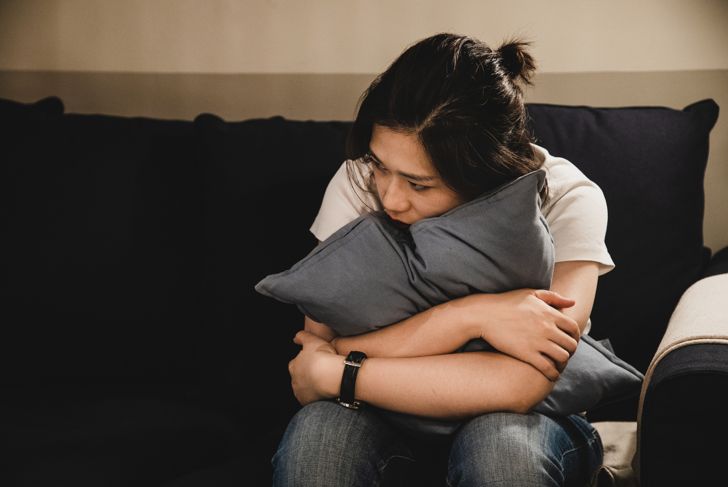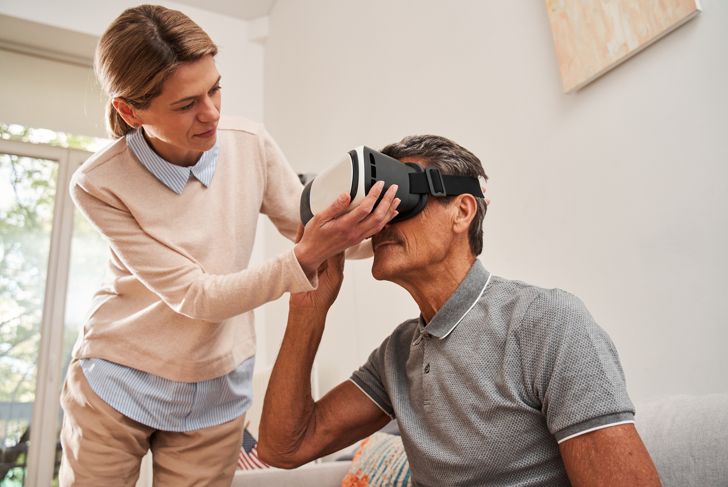Exposure therapy is a form of psychological therapy designed to help people face their fears.The usual reaction is to avoid those situations or objects that cause fear. However, avoidance can make the symptoms worse. Exposure therapy involves getting exposed to the source of fear in a safe, controlled environment. As a result, this therapy breaks the cycle of fear-avoidance and the person using it can overcome those fears.
How It Works
Exposure therapy can help people with anxiety disorders in a few ways.
- First, as an individual uses this therapy, the reactions to feared things or situations gradually decrease through a process called “habituation.”
- Second, exposure weakens previously associations between feared situations and bad outcomes, through “extinction.”
- Third, exposure therapy promotes self-efficacy, helping a person understand that they are capable of confronting fears and managing anxiety. Finally, individuals who use this therapy learn to attach new, realistic beliefs around the situations that were causing fear.
Who Can Benefit From Exposure Therapy?
Exposure therapy is a form of cognitive intervention that specifically changes the expectancy of harm. It is mostly used to treat people with anxiety disorders, particularly post-traumatic stress disorder, social anxiety, and obsessive-compulsive disorder.Exposure therapy also has the potential to manage grief and depression.
Research
There is a lot of science behind exposure therapy. A review showed that research has scientifically proven this form of therapy can be helpful to manage a wide range of conditions, including the most common anxiety disorders: panic disorders, phobias, obsessive-compulsive disorder (OCD), social anxiety disorder, posttraumatic stress disorder (PTSD) and generalized anxiety disorder (GAD).
Types Of Exposure Therapy
- When using in vivo exposure, a person who has a phobia of snakes has to handle a snake. Thus, he faces that phobia in real life.
- In imaginal exposure, a person has to imagine vividly and describe in detail an imaginary encounter with a snake.
- Interoceptive exposure is a great choice for managing panic attacks. In this case, a therapist asks the client to deliberately feel those feared sensations; for example, they must run in place to increase heart rate and learn it is not dangerous.
Exposure and Response Prevention (ERP)
Exposure and Response Prevention is a special form of exposure therapy that is particularly beneficial for OCD. Individuals with OCD learn to face situations by being exposed to them and making the choice to not do the compulsive behavior.People who undergo ERP build insight and awareness that those bad things or obsessions they expect will not happen, breaking the obsession-compulsion cycle. OCD is considered one of the most debilitating mental health conditions — and previously believed untreatable — but a review of multiple studies found that ERP is a highly successful treatment.
Latest Trends
Based on an individual’s needs and preferences, a therapist can choose in vivo, imaginal exposure, interoceptive exposure, or the latest form of exposure therapy based on virtual reality technology.Virtual reality can, for example, help someone overcome the fear of flying by using virtual flights. The equipment mimics the sights and smells of an airplane. The degree of arousal is tracked by biofeedback equipment that evaluates heart rate and respiration.
Techniques
- In graded exposure, the patient creates a list of feared situations and ranks them based on difficulty. The therapy starts with exposure to those items marked mild or moderate and later progresses to harder ones.
- During exposure therapy with the flooding technique, a person is immediately directly exposed to intense negative stimuli.
- Systematic desensitization is another commonly used technique. A person is exposed to fearful images and situations while practicing relaxation techniques to help manage the fear response.
Limitations
Although scientific studies found exposure therapy effective for various anxiety disorders, this therapy is not used by all trained professionals. Some therapists believe that exposure therapy can aggravate PTSD and other anxiety disorders and thus do not recommend it. Choosing the wrong exposure technique can also lead to unwanted responses.Some individuals simply refuse exposure therapy. They do not want to feel and confront the situations and things that they fear.
How To Get The Best Results
Most patients get the best results by undergoing this form of therapy with the supervision of a psychologist, psychiatrist, or another therapist trained in exposure therapy. Psychiatrists can also recommend supplementary medication and adjust the doses, as needed. Most treatment plans include 8 to 15 sessions, taking place once or twice per week.
Considerations for Exposure Therapy
Exposure therapy can be a great tool to overcome fears, phobias, and other anxiety disorders. Some people avoid it, while others get comfortable with being uncomfortable and use the therapy to overcome their problems. Based on research studies, it is effective and safe when done by a licensed therapist.

 Home
Home Health
Health Diet & Nutrition
Diet & Nutrition Living Well
Living Well More
More




















